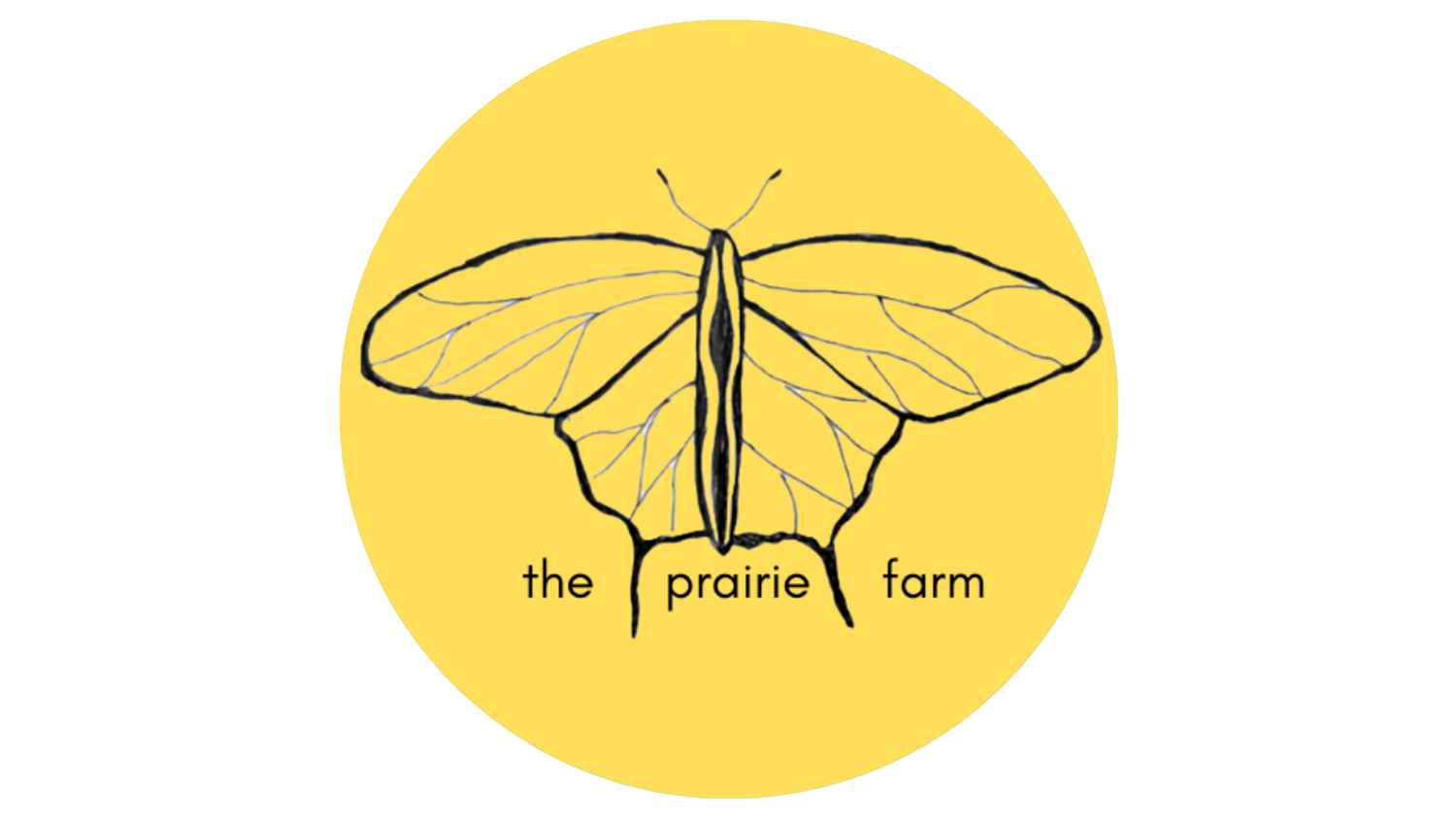Why Lawns Are Becoming Obsolete
Perfectly kept green-grass lawns are quickly becoming a thing of the past. Here’s why…
Lawns were invented as a defense mechanism around medieval castles in France to allow guards to look into the distance with no trees obstructing the view (according to planetnatural.com). This led to the subconscious correlation of short -cut lawns and wealth. By the 17th century, grass had become the most common form of short-cut lawns.
As you fast forward to the late 1800’s in America, lawns had become the “obvious” way to maintain the farmstead surrounding the house, which had its uses for it’s time.
Now we’re in the 20’s all over again, but the usefulness of lawns has dissipated. All that remains is a deep cultural, subconscious notion that lawns are the best way, because that’s how we’ve always done it. And we all know, if we lean too heavily on tradition, we risk the future. There is also something to say about humans’ bend towards orderliness, which grass lawns provide.
But as we move away from the age of plastics, synthetics, and facades, we are confronted with the reality that our lawns often fit into those categories. People are starting to correlate gardens with health and peace and simplicity. We have realized the detrimental impact we have had on species such as the monarch butterflies, the prairie chickens, and wild bison. As our minds are starting to be renewed to a healthier way of life, we have taken to the one part of the country we can control… our backyard. We are putting in pollinator gardens for bees and butterflies. We are putting in grasslands for our soil and water. We are straying away from the non-native species we have previously loved to misplace into our land.
Still not convinced? How about some numbers for you?
The average yard owners spends over 29,000 hours mowing their lawn. That’s 3.5 years! Imagine having a backyard prairie that needs just a few hours per year. And we don’t even need to mention the fuel saved by not mowing weekly. What could you do with all that extra time and money?
If the past is set, and the present is changing, then what is the future? Glad you asked.
The future is in sustainability. We’ve traded convenience and tradition for our future long enough. How can we live with the land, not simply lord over it.
The future “looks different”. The question is, does your lawn?
(Interested in a sustainable form of yard, check out our different backyard prairie options)

